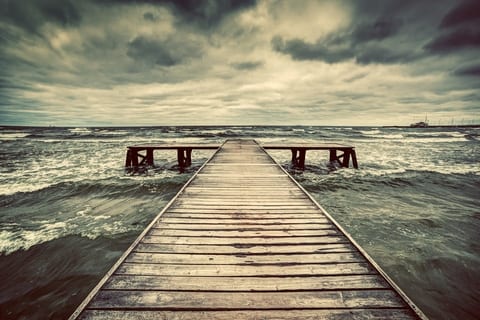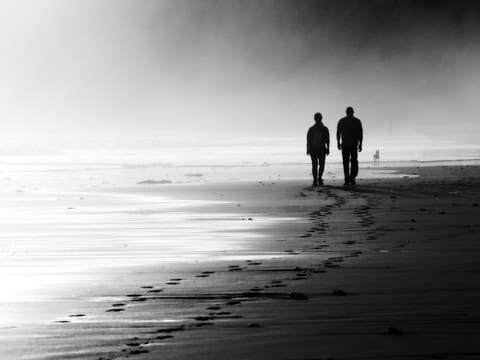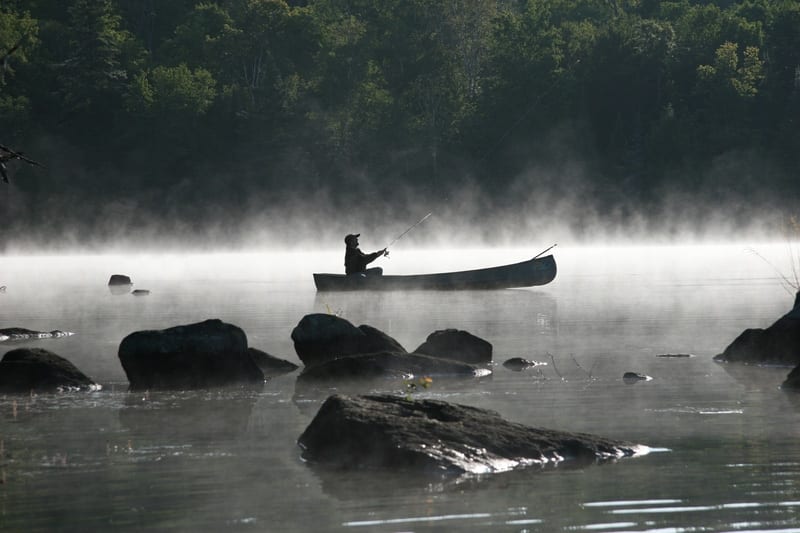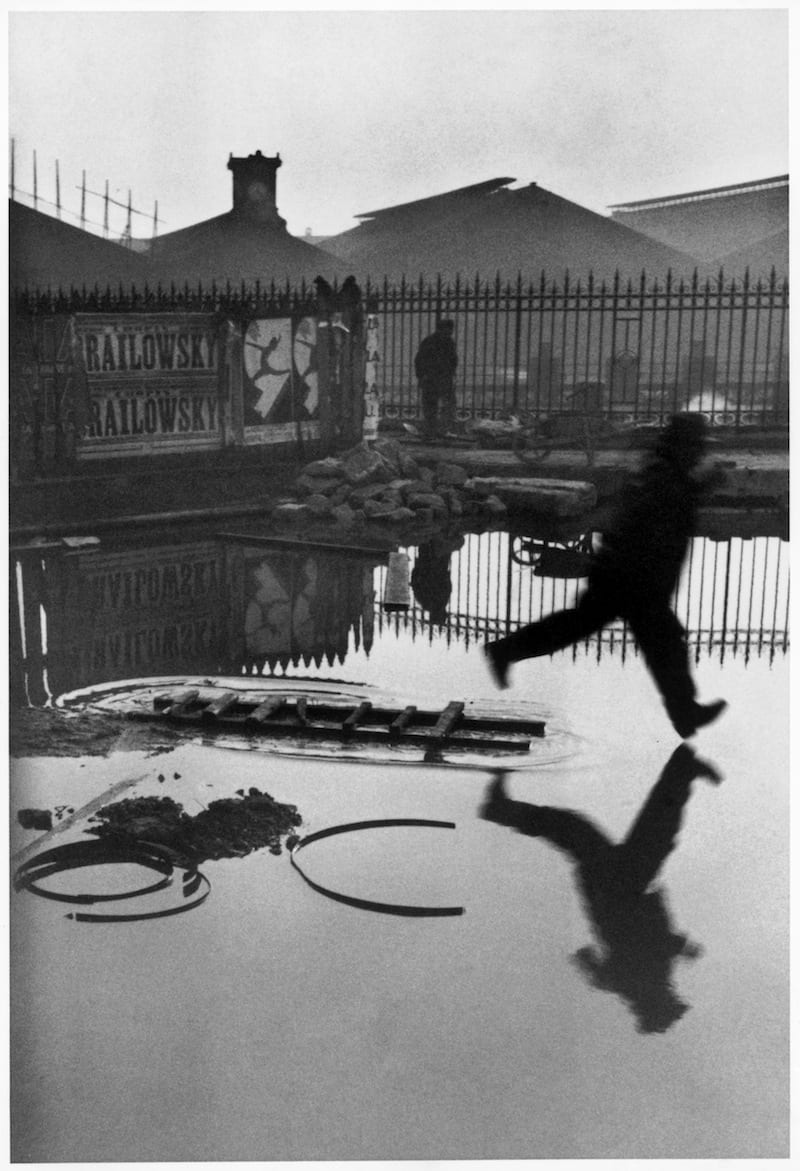Weather Patterns and Photography
When we think about weather and photography, we instantly go towards the idea of shooting landscape and this isn’t necessarily a wrong direction to go in.
Weather can throw up all kinds of connotations provoking mood, atmosphere, tensions, joy, frivolity or energy. We can look at the bigger picture or take a closer look examining detail, implications and the impact weather has on society or a particular space.
We could focus on the sky just as intently as we could the earth under our feet.
In short, the weather can manipulate our reading of an image immeasurably and all in the hands of a few smart decisions by the photographer.
Another Variable
If I were to ask you to shoot your favourite landscape, you would probably return with expected results: a wide angle shot perhaps, the rule of thirds applied, fore/middle/background perspectives.
But if I was then to ask you to shoot that same landscape, this time returning there at a time with a particular type of weather forecast in mind, I wonder how those images would differ.
How would your decision-making affect how that weather was portrayed in the image? Would you want to focus on specifically what is in the sky? Would it be more about mood, colour and atmosphere?
The reason I’m asking you to shoot weather this month is because I want you to take a step back from a subject being handed to you and instead look at how a particular variable can affect your shot.
Like reflection last month, this month’s scope is huge. Do you go out and shoot a rain storm? Or do you look into how people react to changing temperatures and weather conditions? Are you going to document a scenario or create an impacting image from it somehow?
This month I won’t be giving hints or tips into how to ‘shoot weather’, as this isn’t the point. What I’m asking you to do, moreover, is consider what you’re shooting based on another variable, an ever-changing element within your image (and everyday life for that matter) and how it’s direct effect on you as a photographer can change the images you create.
This is something we should be considering in all of our work, as regardless of the content, it is our personal experience of the world which helps us hone and craft our technique.
Instead of ‘shooting the weather’ you should be calling on what you know and have learned about shooting landscape, shooting street, portraiture, black and white, wide angle etc. etc. and using weather specifically to create a mood or a point, some energy or a feeling.
A street scene during a heavy downpour will differ immeasurably than the same scene in a 30-degree heatwave, but it will still be a street scene. The difference is the effect on what is in your frame and how it makes you feel, as you stand there, flesh and blood, within that scene.
Examples
I realise that some of this may get a little philosophical and frustratingly removed from the physical act of photographing subjects for some students, and for this, I feel it necessary to drop in some examples here.
Let’s take a look at some different images which use weather, from the more blatant, to the subtle and suggestive, to the downright metaphysical, which might explain the sort of thing I’m getting across here.
In blatant cases, a landscape can gain access to the grand and immeasurable force of nature and changing weather systems by simply altering the ratio within the composition. Here a great, looming sky, pulsed with rain clouds is the majority of the frame. A conversion to B&W can help this, expressing weight and depth within the encroaching sheets of cloud form. The last beams of sunlight actually (and luckily) broke through from behind the camera, which at the time cast light over the scene, lighting up the strands of grass and reed and again bringing out all the lovely tonal changes in the clouds.
A simple interior scene can use the weather to full effect when light and shadow is involved. The first stirrings of spring were used in this shot to create a warm, humble breakfast scene. Warm and bright, simple editing processes can be used to add warm hues, accentuate strong exposures and pack a shot full of intimacy.
© H.Cartier-Bresson/Magnum Photos
There aren’t many images out there as famous as this image.
The Decisive Moment, as coined by Cartier-Bresson is key in every one of his shots. This image is street, real, the everyday. It’s expressive and has a narrative. There’s a ‘what if’ and an ‘I wonder…’ here. It’s playful and quirky and documents human life.
To me, it’s all about Cartier-Bresson grabbing his camera immediately after a sudden downpour, as he knew full well that out there were all the wondrous little quirks synonymous with people being caught out and put in slightly uncompromising situations.
It’s a shot that defines life as it happens, as it’s happening now, perhaps near you and it’s beautiful to many different people, in many different ways. Weather, the one variable in this image, is what changed everything.
People will always change and adapt to their circumstances. They will always be prepared, to an extent, for unexpected and peculiar circumstances. But it’s when these circumstances come around that we as photographers get the chance to document these little differences. And in a situation where people are not present? Are you not a person? Do you feel? Remember, you are not just a body, responsible for creating an image. You are part of your landscape and part of ever single shot you take, physically.
After all, doesn’t a part of us go into each of our shots? Aren’t we annoyed, disappointed or completely proud of our work each and ever time we come to edit? Weather is just another variable, just another catalyst for feeling a certain way.
The entire world around us, in all its glory and complexity, can help shape how we feel at any given time and as a direct result influence the shots we produce. And it’s with this in mind that I choose to shoot and will continue to do so, with no end in sight.
So give it your all. Push your boundaries and maybe try something you’ve never tried before. This could be in shooting or editing. Either way, you’ll gain a lot from it.
Enrol on an IOP® photography course to take part in our Tutor Projects and much more.






